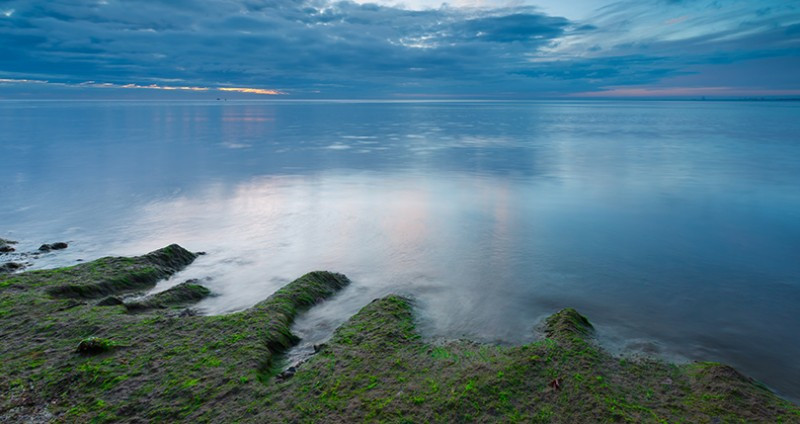If you ever get a hankering to go searching for type of superfood that you haven't tried before, get your adventurous spirit in gear. How about a dip in Upper Klamath Lake in southern Oregon? There, you might be able to get your hands on some of the world-renowned Klamath Blue Green Algae, a nutritional food that contains no less than a dozen vitamins, more than 20 minerals, and an assortment of high-quality protein as well as a variety of essential amino acids.
Blue Green Algae as a Superfood
What is there not to love about this superfood? Not much, if anything, allowing for the fact that this blue green algae (BGA) is, in fact, not actually algae, although that might be splitting hairs. Per healthyeating.sfgate.com, it is actually a form of bacteria – which explains why it is also called cyanobacteria – that happens to have a dark green tint. Furthermore, per National Institutes of Health (NIH), cyanobacteria is one of the photosynthetic prokaryotes that can be located in aquatic ecosystems.What's Up with Upper Klamath Lake?
If you're ever in south-central Oregon, be sure to check out Upper Klamath Lake. It's a shallow freshwater lake found just east of the Cascades, a major mountain range that stretches from southern British Columbia through Washington and Oregon into Northern California. Klamath blue green algae is harvested for six months out of the year, from late spring through early autumn, for an annual haul of 100,000 kilograms. Its growth is so robust during the summer months that it turns the lake green and kills off most of the fish.What Makes Blue Green Algae So Special?
Well, for one thing, the cyanobacteria contains phycocyanin, an antioxidant that occurs naturally. Per healthkismet.com, phycocyanin can relieve oxidative stress and reduce inflammation in your body, which is one of the reasons why spirulina – one of several BGA species and one of the two most-consumed; Aphanizomenon flos-aquae (AFA) is the other – is classified a superfood by nutritional experts.6 Other Cool Things about BGA
- Organic BGA is one of the most nutrient-dense foods in the world, per globalhealingcenter.com; hence, its status as a superfood.
- So how does it compare to the healthiest of leafy green veggies? Very well, indeed. BGA is 70 percent vegetable protein, per globalhealingcenter.com, and has levels of beta-carotene higher than even broccoli.
- This stuff has been around for centuries as a popular consumable with potent health benefits. It was consumed regularly by the Aztecs and has long been an ingredient commonly added to the diets of Africa's native inhabitants, per healthyeating.sfgate.com.
- As hinted earlier, BGA provides numerous nutritional benefits. For example, it's a great source of protein, consisting of six grams of protein for every 100 of its grams. Yet there's only 26 calories in each such serving, with almost no fat detectable in its makeup, per healthyeating.sfgate.com. It has also been shown in studies to apparently lower blood pressure and bad cholesterol, in addition to improving blood lipids in type 2 diabetics.
- A study conducted at the University of Urbino Carlo B (in Italy) revealed that AFA showed the capacity to stave off oxidative damage to human red blood cells and plasma, per globalhealingcenter.com.
- Once BGA is harvested, it goes through several processes of preparation for its being sold commercially. Per globalhealingcenter.com, the algae is filtered so as to preserve its most vibrant blooms before being additionally purified by centrifugation. It is then chilled and sold frozen or dried at cold temperatures and sold as a powder.

